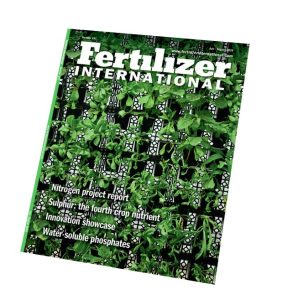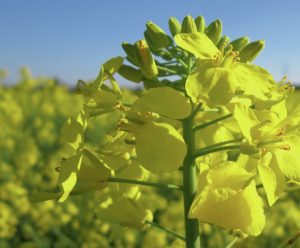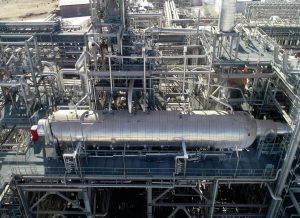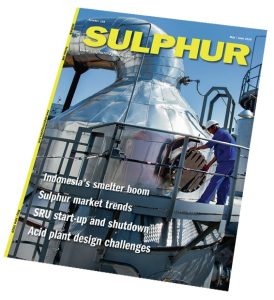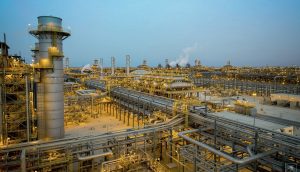Ordinarily I try to choose a different subject each issue for an editorial, but as April lengthens towards May, and here in the northern hemisphere we start to see the first signs of summer, there unfortunately remains only one subject that is obsessing every industry, and that is the Covid-19 pandemic and its impact upon every aspect of our lives. Since our last issue we have all had to come to terms with ‘lockdown’ and ‘social distancing’, as the grim toll of deaths climbs in all regions. Here at BCInsight we are working without an office as best we can, and issues of Sulphur will continue to land in your email inboxes, but paper copies of the magazines may take longer to arrive, if at all, as shipping and customs procedures are tightened all around the world, and I can only apologise and ask that you bear with us.
